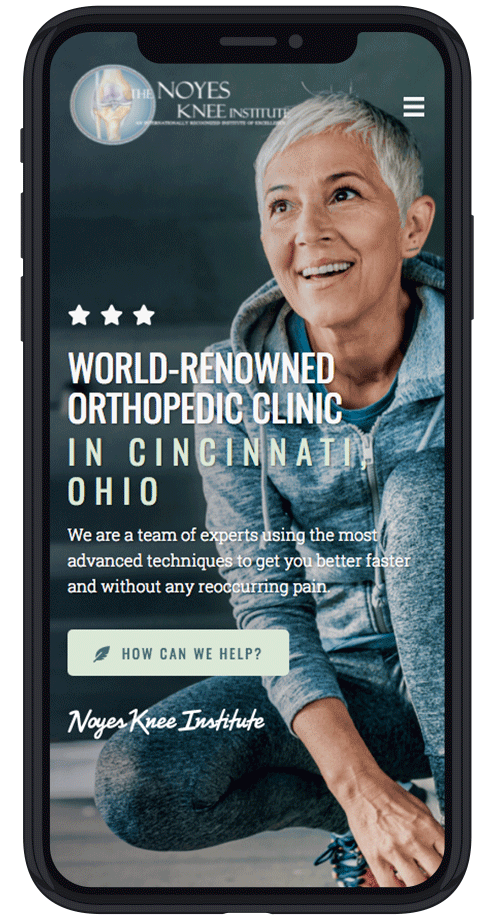Published On
Category
 The iliotibial band, or IT band as it is more commonly known, is a band of connective tissue in your leg. It runs along the outside of the thigh from your hip to the middle of your knee. When you run, this band is put under a lot of stress due to the repeated flexion and extension of your knee.
The iliotibial band, or IT band as it is more commonly known, is a band of connective tissue in your leg. It runs along the outside of the thigh from your hip to the middle of your knee. When you run, this band is put under a lot of stress due to the repeated flexion and extension of your knee.
Many runners develop IT band syndrome, a condition in which swelling and irritation of the IT band cause pain across the outside of the knee. The pain is usually most pronounced when you run downhill or when you lengthen your stride, and it becomes progressively worse if you attempt to train through it.
Recovering from IT band syndrome can require months of massage, rest, stretching, and cortisone injections. Severe cases may even require surgery to release, or loosen, the IT band. This is truly a case in which an ounce of prevention is worth a pound of cure, so make sure you’re taking these steps to protect yourself against IT band syndrome.
Strengthen Your Hip Abductors
Your hip abductors are a set of four muscles: the gluteus minimus, gluteus maximus, gluteus medius, and tensor fascia latae. These muscles work together to draw your leg laterally away from your body. Research indicates that weak hip abductor muscles increase the chances of IT band syndrome. If your hip abductors are weak, your pelvis tends to tip forward as you run, which puts additional strain on your IT band.
Add the following exercises to your strengthening routine to build stronger hip abductors.
Squats
With your feet shoulder-width apart, hold your arms out in front of you, and then keep your knees directly over your ankles as you squat down until your knees form a 90-degree angle. Rise back up slowly, and then repeat. To make the exercise more challenging, try holding some hand weights or squatting with one leg stretched straight out in front of you.
Side Leg Lifts
Lie on your side on the floor with one leg stacked on top of the other. Raise your top leg about a foot off the ground while using your arms to keep your body in a steady position. Hold this position for a few seconds, and then lower your leg. After your desired number of reps, repeat the exercise with the other leg.
Run on Flat Surfaces
Most roads are cambered, which means they slope towards the outside. If you’re always running on the side of cambered roads, you’ll put more strain on one leg than on the other, which often contributes to IT band syndrome.
Try to run on flat surfaces, like trails, bike paths, and tracks, more often. If you do run on the side of the road, run as close to the edge of the road as possible, since the slope is usually less pronounced there.
Change Your Shoes Regularly
Just because your running shoes are still clean and brightly colored does not mean they’re still in great shape for running. Every run further compacts the shoe and wears away a little of the sole. Once the shoe becomes moderately worn or compacted, it can affect the way your foot falls, putting more strain on certain tissues like your IT band.
Experts recommend replacing your running shoes every 450 to 550 miles. Keep a log of your miles, perhaps in a spreadsheet, so you know when your shoes are due for replacement. You should also purchase a new pair if:
- The white midsole is exposed on the bottom of the shoe.
- One shoe seems more worn than the other.
- Your shoes don’t stand up straight on a flat surface.
If you do develop pain in the outside of your knee that you suspect may be due to IT band syndrome, don’t delay seeking treatment. This ailment can linger for years if you don’t begin treating it properly from the onset.

